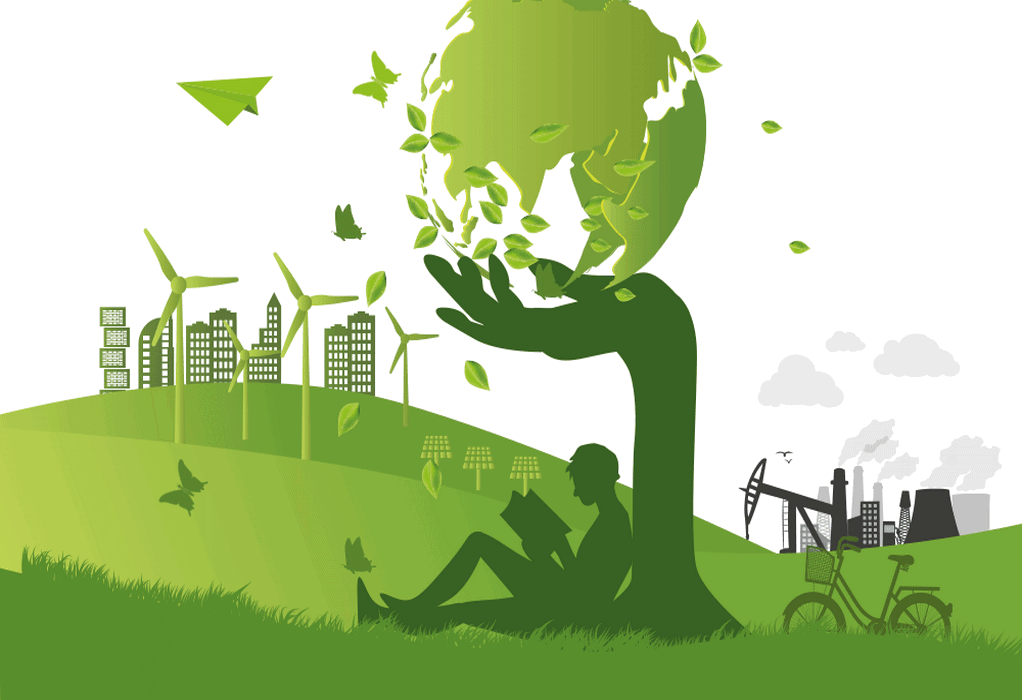Indian industry must understand the diverse impact of the tax and prepare trade and low carbon production strategies to promote exports.
The highest tax is on developing countries like India. Steel and aluminium sectors have high emission intensity and hence would attract high taxes. The estimated tax for steel made from the blast furnace route is 39.6 per cent, and using an electric arc furnace is 19.8 per cent. The tax is zero if steel is made using green hydrogen as fuel and a reducing agent. Tax for iron ore pellet is 52.7 per cent, aluminium is 20.3 per cent, cement is 90 per cent, and urea is 21.9.
Indian firms risk losing market share to EU-based producers or those in other more carbon-efficient nations. CBT will affect substantial exports as the EU is an important trade partner for India. CBT will increase the cost of exporting steel, cement, aluminium, fertilisers, and electricity from India to the EU. India’s global exports of these products in CY2022 were $31.4 billion. Of these, $8.2 billion, or 26.2 per cent of the total, went to the EU.
The share for many Indian exports covered under CBAM going to the EU is high. For example, 31.4 per cent of iron and steel exports, 20 per cent of steel products, 19.9 per cent of iron ore and pellets, and 27.7 per cent of aluminium went to the EU in CY2022.
CBT will depend on the carbon price paid in the home country and the production process used. Since most developed country industries would pay high carbon prices in their home countries, the tax rate will be zero or low. CBT will create FTA-like trade diversion effect. Even though a product from India may be cheaper than an American product, tax plus product price will make Indian products more expensive. This will lead to the EU firms sourcing more from developed countries. Thus, the trade will divert to costlier suppliers. Just the way it happens in FTAs. CBT’s impact will be worse than any FTA since CBT @ 20-35 per cent will be much higher than developed countries’ average MFN import duties @2-3 per cent. CBT will lead to sharper trade diversion and more trade among developed countries.
Grab market share from competitors. The EU buys half of its $60 billion in steel from five countries — China, Russian Federation, Turkey, India, and South Korea. Most Chinese and Russian firms use the blast furnace routes to make steel, while many Indian and South Korean firms use electric arc furnaces, a more carbon-efficient process. Indian electric arc furnaces steel makers must assess their strength vs other significant suppliers in the EU. Indian firms have scope to gain extra market share despite high taxes.
Replace EUs home production: EU will phase out free carbon permits from the steel sector just as the new tax comes into force. Many steel units may shut down, and imports may rise. An increase in the price of steel will also increase the prices of engineering goods, automobiles, high-tech goods, aerospace, and computer appliances. Construction, consumer goods, mining, and quarrying will also be impacted.
Many EU businesses may start importing finished products like machinery instead of importing steel and making machinery. Indian metal and engineering firms can leverage this shift.
Wrest EU’s export market share: The EU firms that have decarbonised may lose in many global markets that only care about low prices and not if one has paid carbon tax. Firms in the EU are pressing for subsidies or a carbon price rebate on exports to stay competitive. Indian firms must watch out to benefit.
Switch to low carbon process: The three steelmaking processes with progressively lower emission intensity are (i) Blast furnaces using iron ore and coal/coke, (ii) an Electric arc furnace using steel scrap as inputs and electricity. And (iii) Using hydrogen in a “direct reduction” process that converts iron ore to metallic iron for feeding into an electric arc furnace. Study the possibility of switching from process 1 to 2 or 3 and from 2 to 3 — the cost of production increases because of heavy capital investment.
Set up low carbon facility but do not shut existing units. Do cost-benefit for switching to low carbon Technologies. Consider using two types of manufacturing setups. Use carbon-efficient steelmaking processes to supply steel to CBAM countries like the EU and existing techniques for the rest. Using carbon efficient process alone may jack up prices and keep a firm out of half of the world’s markets.
Green hydrogen is produced from renewable energy sources. Using green hydrogen in steel plants can significantly reduce the carbon emissions of steelmaking, as it eliminates the use of coal and coke.
Tags: EU Carbon Tax, Indian Induastry, Steel



Recent Posts
GCMD Publishes Insights from Landmark Ammonia Transfer Trial Off Western Australia
GEODIS Releases 2024 Activity and Sustainability Report, Reaffirms Climate Commitment
Strengthening India-Norway maritime ties at Nor-Shipping 2025
Magenta Mobility appoints Nand Kumar Sharma to lead charging infrastructure & projects
CMA CGM Showcases Strategic Maritime Initiatives with India During Secretary MoPSW’s Visit to Marseille
Port of Brisbane Unveils Vision 2060 to Drive Smarter, Cleaner, and More Connected Future
Wärtsilä to Deliver Hybrid Propulsion Systems for Vertom Group’s New Low-Emission Vessels
Latvian port receives electric Konecranes Gottwald Mobile Harbor Crane